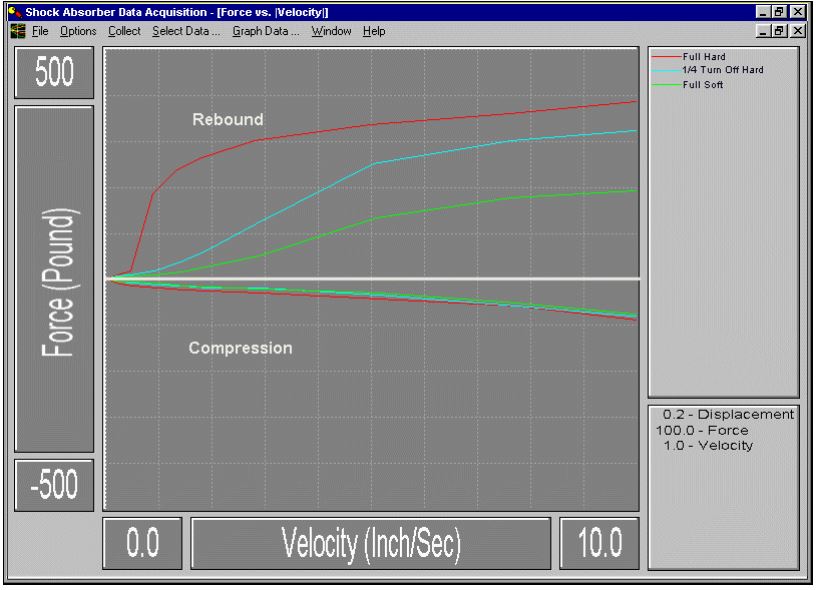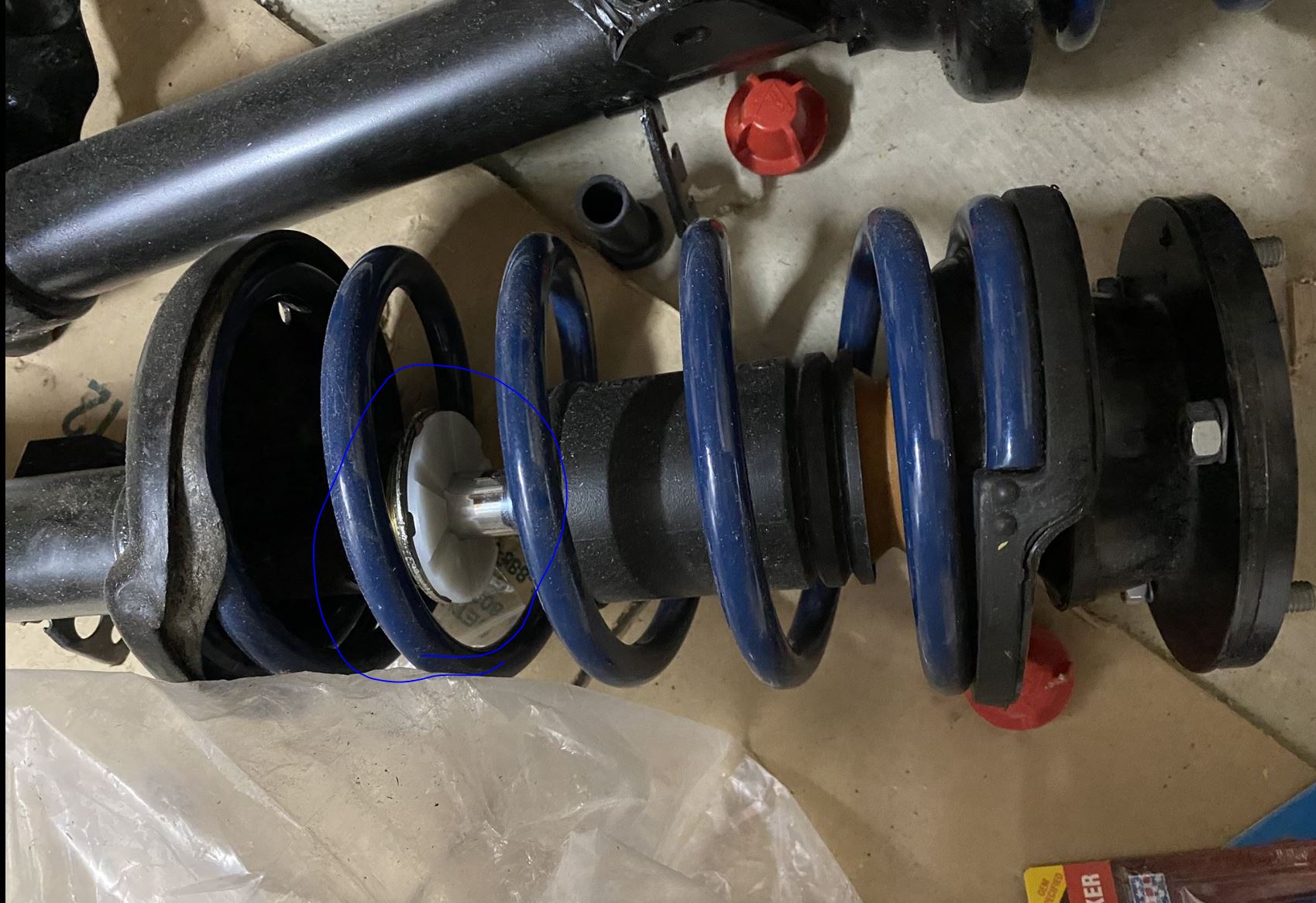If you’ve been around the E30 scene, you’ll know that H&R/Bilstein has been the default recommendation for a long time. But you’ll also notice that many people note that they are running Koni yellows.
The Koni yellow sports are rebound adjustable, and this adjustability is what most people focus on.
There is so much more to the differences between Bilstein and Koni!
Gas vs Hydraulic (Mono-tube vs Low pressure Gas) – The Bilstein HD, and Bilstein Sports (B6 and B8 respectively) are a monotube design, which means that the gas and oil within never mixes. While Koni’s are a twin-tube design where the oil and gas do mix.
In the illustration below, the free piston completely separates the gas from the oil. On the right, the gas and oil is in contact in the oil chamber.
Which one is better and why does it matter?
This is a world of compromise, and here is no different. Monotube shocks are often marketed as better performing, but what does that mean, in what context and what are the trade-offs?
Oil aeration – As the piston travels in a twin tube design, it can create air bubbles in the oil. Oil aeration causes a loss of shock performance and on a track where the piston is being compressed over and again in quick succession, this becomes an issue.
Mono-tube on the other hand does no experience this issue due to the two mediums being completely separated.
Oil aeration is a temporary state under extreme cycling.
In that context, mono-tubes do have better performance, as they provide for consistent and dependable performance in very demanding environments.
Trade off – To maintain such a design, monotube shock absorbers require a very high gas charge, on the magnitude of hundreds of PSI. Low gas hydraulic (twin tube) require only a few PSI.
The very high gas charge makes for a harsher ride; dictating very high rebound rates. This is especially noticeable at low to medium speeds.
Bilstein HD FRONT
Compressed: 530mm
Extended: 618mm
Rebound: 2320 N
Compression: 800 N
P36-0136
Bilstein SPORT FRONT
Compressed: 515.0mm
Extended: 597mm
Rebound: 2330 N
Compression: 755 N
P36-0335
KONI Yellow 8641-1021Sport
Compressed: 485mm
Extended: 614mm
Tested @.33m/s (13in/sec)
Compression – 500N
Rebound – 870N at full soft adjustment setting. Rebound doubles at full firm.
Tested @.13m/s (5in/sec)
Compression – 320N
Rebound – 550N at full soft adjustment setting. Rebound doubles at full firm.
The Bilstein HD’s and Sports are 60% stiffer on compression and as much as 300% on rebound.
Conclusion – Monotube Bilstein’s high compression and rebound will make your car feel more sporty, and may be a choice if you plan to track the car or if the roads where you live are exceptionally upkept. If the roads are anything but exceptional, you will feel unrelenting harshness. Koni Yellows are a much more comfortable option for a DD, weekend car or a car you plan to track/autox once once in a while.
For most people, 90%+, the right choice is Koni.
Additional Info:
There has been some confusion around the adjustable nature of the Koni Yellows in regards to compression and rebound. Only the rebound is adjustable per the graph below (Shock Dyno Test of Rear Koni Yellows):
If your car currently has OE Bilstein’s or aftermarket HD’s/Sports installed and you plan to go to Koni’s you will need to purchase a new gland nut! (PN 31321117376)
Rear adjustable Koni’s are internally adjustable, where as the fronts are external. What this means is that you would need to remove the rear shocks to make any adjustments.
To adjust rears: you remove the plastic white retainer, remove the rubber bump stop by inserting a small wire or allen key in the top 2 holes of the shock shield, and then finally compress fully and then turn to adjust.
The white piece and bumps top are split down the middle making them easy to remove and install.
Externally adjustable Koni shocks are also available, but they are actually repurposed mustang rear shocks.
*The Mustang damper is softer in both compression and rebound damping versus the E30 shock.
*The 8042 1134Sport (compression/rebound adjustable) is valved the same as the 8041 1186Sport (just rebound adjustable). Both compression and rebound forces double from full soft to full firm.
*TCKLine shocks are valved exactly the same (80421186tck = 80411186sport), no differences from off the shelf product.
To run these mustang (and TCKLine 8041-1186TCK), you will need 12mm rear shock mounts. Stock shock mounts are 10mm, but many aftermarket options can be purchased in 12mm.
When assembling Koni’s, do not forget to place the white plate as its there to prevent air from being pushed into the element from the bump stop.
Use bump stop PN 31332225377 (shorter BMW Motorsport bump stop) and ensure it is pointing correctly (point end down).
Also do not forget to add the metal spacer ring before tightening down the collar nut.
*If you’ve forgotten to add this metal spacer ring, normally the stock collar nut has enough reach as for it not to matter (illustration below), but we believe Koni dictates the need for the metal ring for those who may have shorter collar nuts.
How much to adjust from soft?
When it comes to the KONI Sport (adjustable) struts and shocks there is no single best adjustment setting because every driver has different preferences for comfort, performance, performance modifications and roads to drive on. For most vehicles, we suggest that new KONIs be installed in the full soft position. (the standard setting right out of the box) to take advantage of the balance of ride comfort and handling designed by the KONI ride development engineers. If the car has performance upgrades (like H&R Sport springs) or you as driver prefers the car with a bit more aggressive handling characteristic, most people find the optimum setting in the 1/2 to one full turn from the full soft range. The shocks do not require a break in period, and are ready to perform and improve control out of the box.











Recent Comments